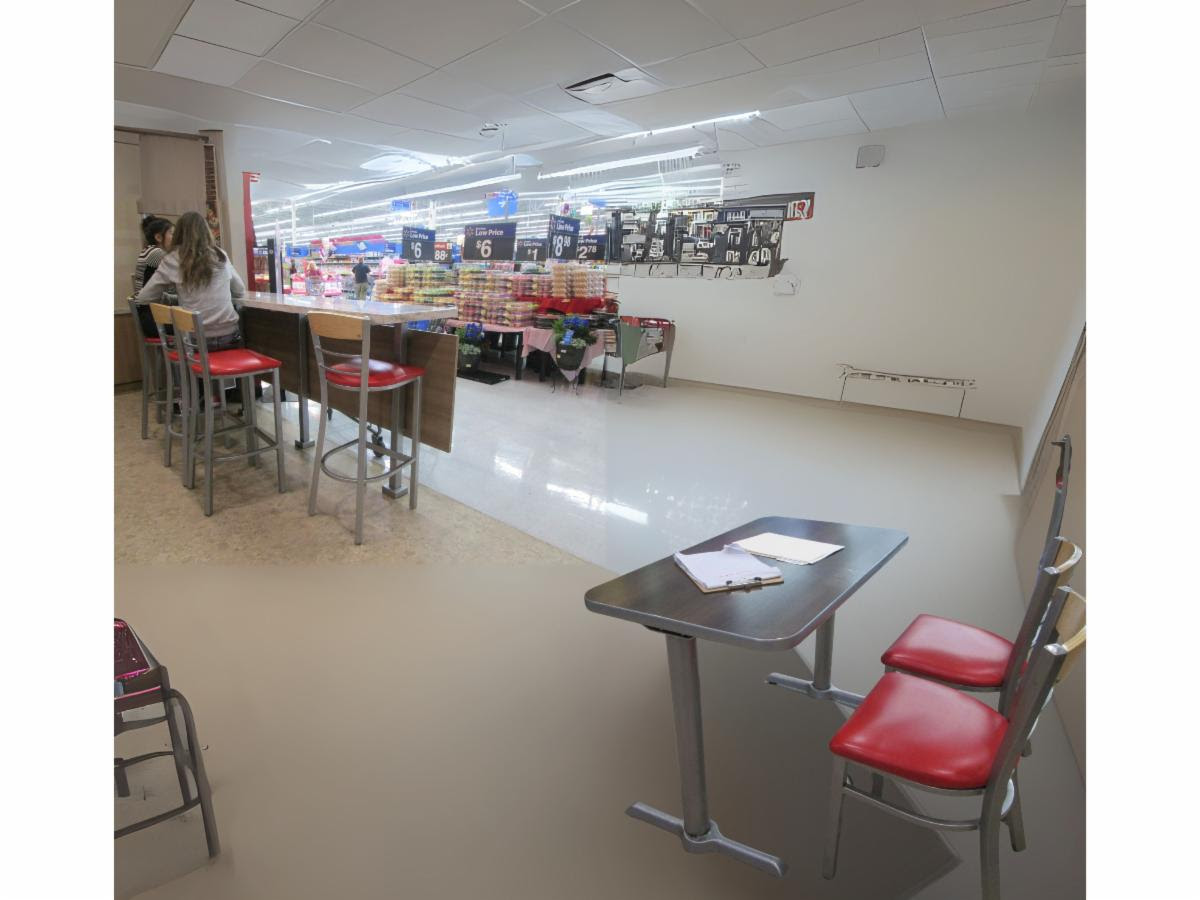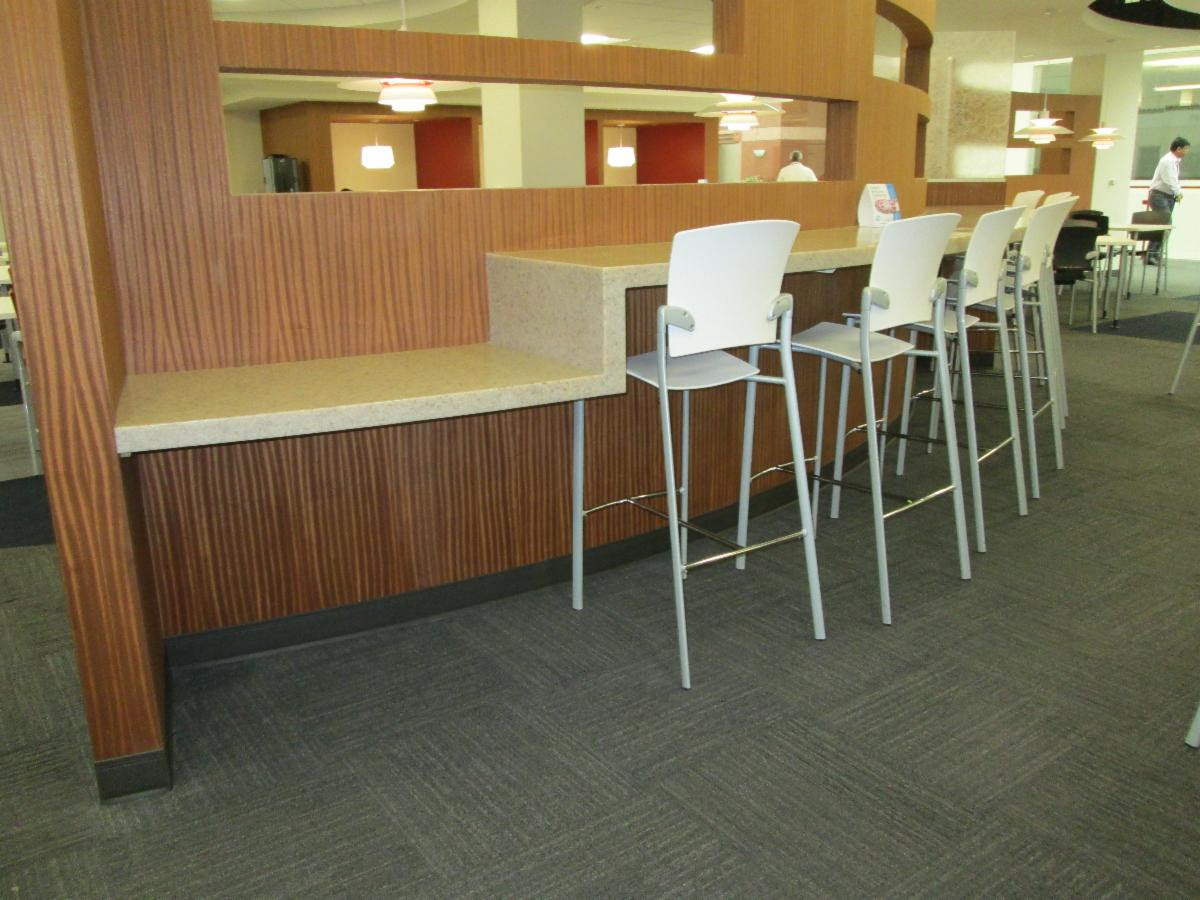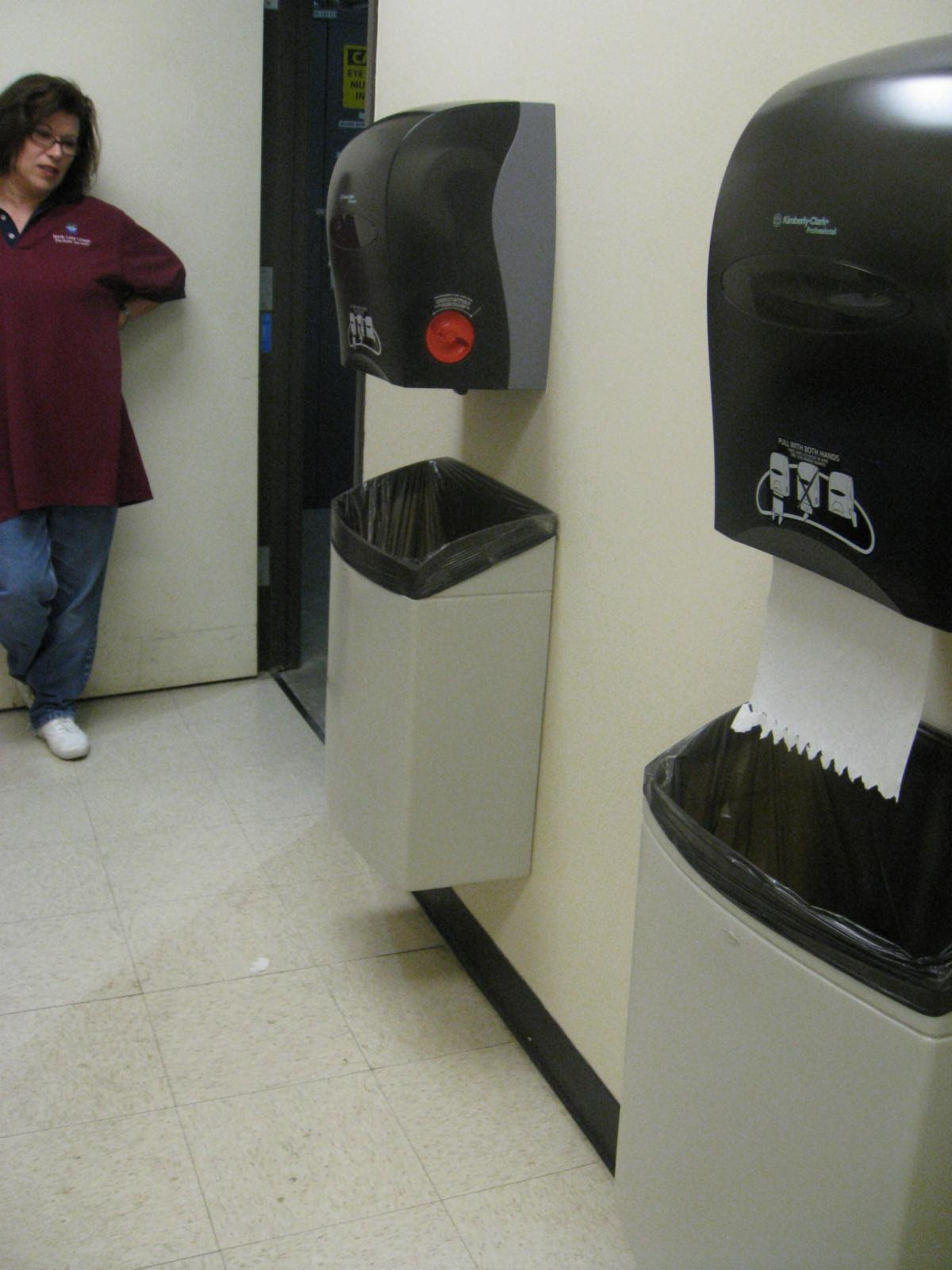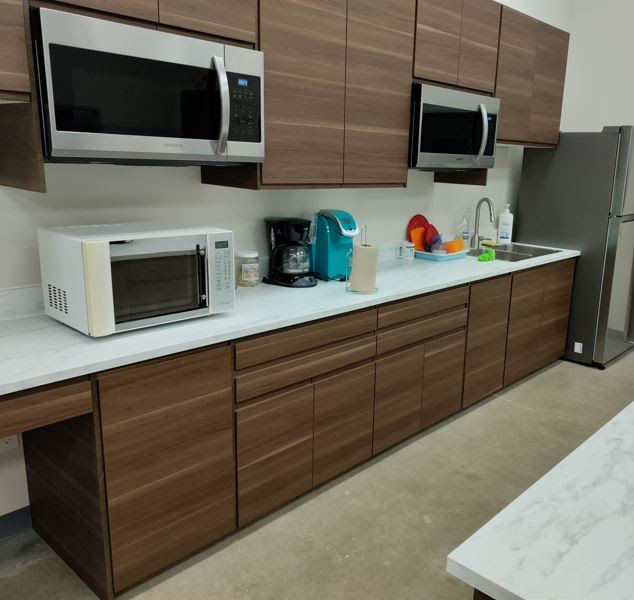Fixed and Built in Elements
When I do my inspections, one of the most common misunderstandings is that movable elements can be used as the accessible element. For example: when a fixed counter is provided, a movable table and chairs is used (incorrectly) as the accessible equivalent. Another example is using movable trash cans as a form of cane detection at the toilet accessories that are protruding objects.
This newsletter will explain the requirements.
ADA SCOPE:
The 2010 ADA and 2012 TAS states the following about the requirements:
(d) Scope of coverage. The 1991 Standards and the 2010 Standards apply to fixed or built-in elements of buildings, structures, site improvements, and pedestrian routes or vehicular ways located on a site.
FIXED COUNTERS
“Fixed or built-in” Counters that are used for dining or non-employee work must have a portion that is a minimum of 30″ wide x 17″ deep knee and toe clearance and be a maximum of 34″ high.
226 Dining Surfaces and Work Surfaces
226.1 General. Where dining surfaces are provided for the consumption of food or drink, at least 5 percent of the seating spaces and standing spaces at the dining surfaces shall comply with 902. In addition, where work surfaces are provided for use by other than employees, at least 5 percent shall comply with 902.
If a fixed counter is provided that does not comply with section 902, one cannot use a movable table to accommodate persons with disabilities. A movable table is not an acceptable solution to provide instead of a lower portion of the fixed counter.

The fixed counter is not accessible becuase it is higher than 34″ a.f.f. and the movable table and chairs being used as the accessible alternative is not compliant counter because it is not fixed or built in, even if it has the proper clearances and height

The fixed counter shown above has a fixed accessible portion. This is compliant
CANE DETECTION
A paper towel dispenser that is wall mounted along the circulation path of a restroom is considered a protruding object if it projects more than 4″ onto the path. A solution is to have another element below the paper towel dispenser that would create cane detection for persons who are visually impaired. But because only fixed or built-in elements are the ones that are required to comply, the element that will be used for cane detection MUST be fixed or built in.
Most of the time a trash can is used to create cane detection. But it will only be acceptable IF the trash can is fixed or built in below or on the open side of the protruding object.

The trash can in the photo above is being used as cane detection below the paper towel dispenser that is projecting more than 4″ onto the path to the lavatories. But this trash can is movable and therefore cannot be used as cane detection.

The trash cans shown above are being used as cane detection for the paper towel dispensers that are protruding more than 4″ onto the circulation path. These are acceptable because they are built into the wall.

The open stair is a protruding object and the planters are not compliant cane detection because they are movable
BUILT IN APPLIANCES
In a break room I inspected, there were two built in microwaves that were located below the upper cabinets. They were not compliant becuase the reach range was higher than the required 48″ a.f.f. maximum to the operable parts.
They thought they had corrected the violation by adding a movable microwave located on the counter. Even though it is within reach range at that location, it is not acceptable because it is not fixed or built in.

The micorwave on the counter cannot be used in lieu of a fixed or built in accessible microwave
 Abadi
Abadi 

